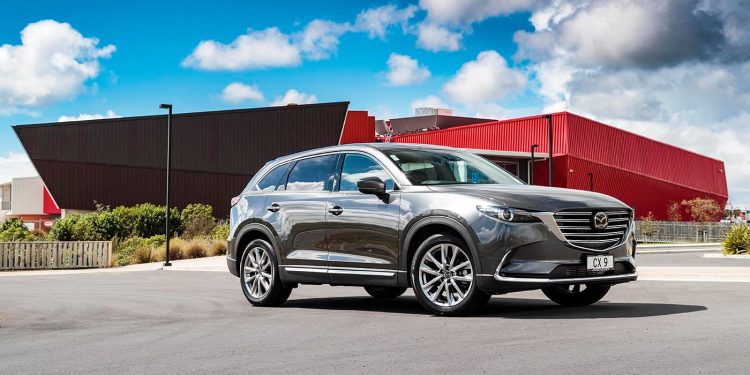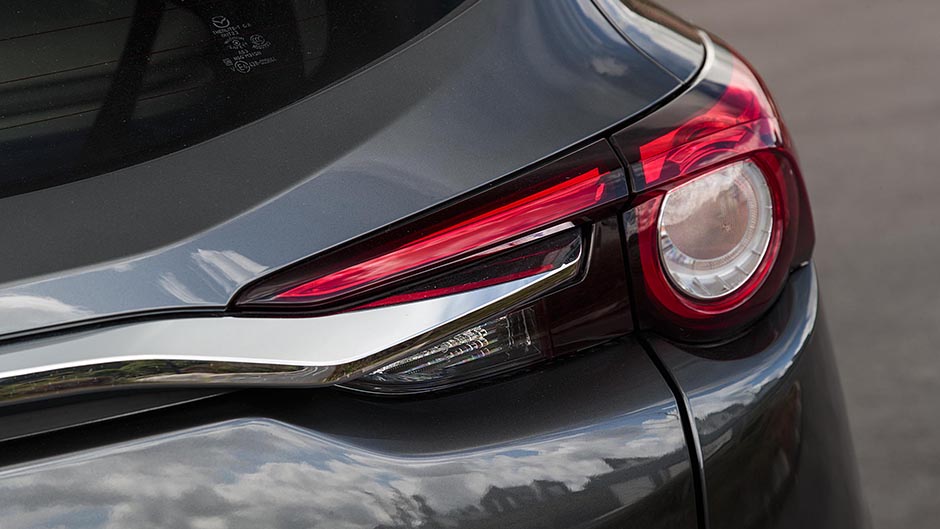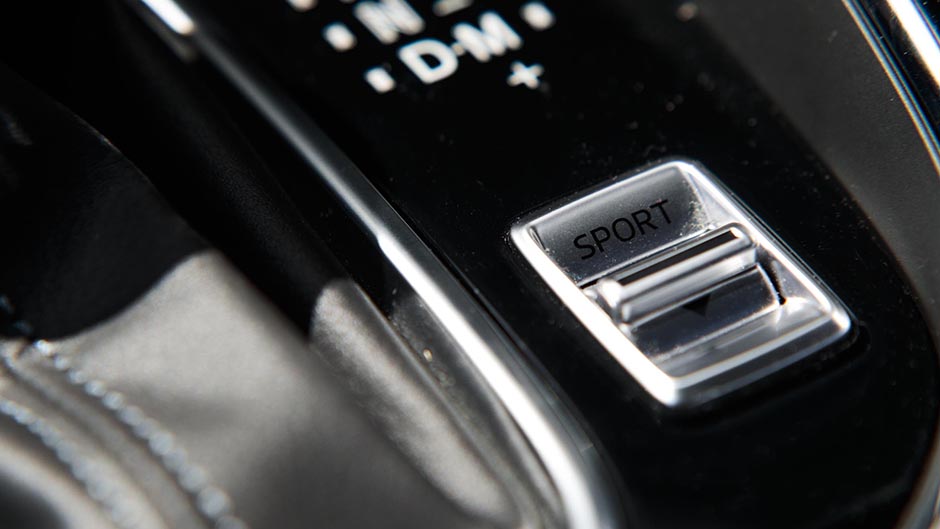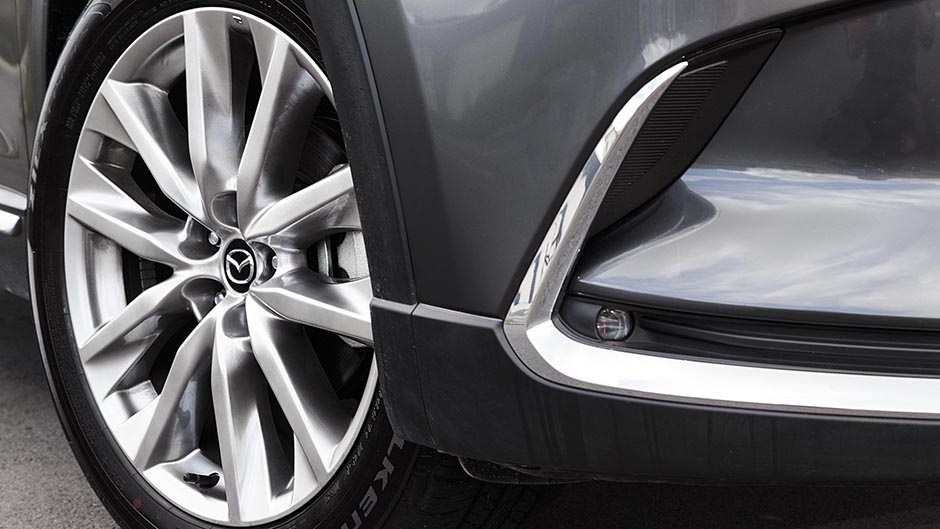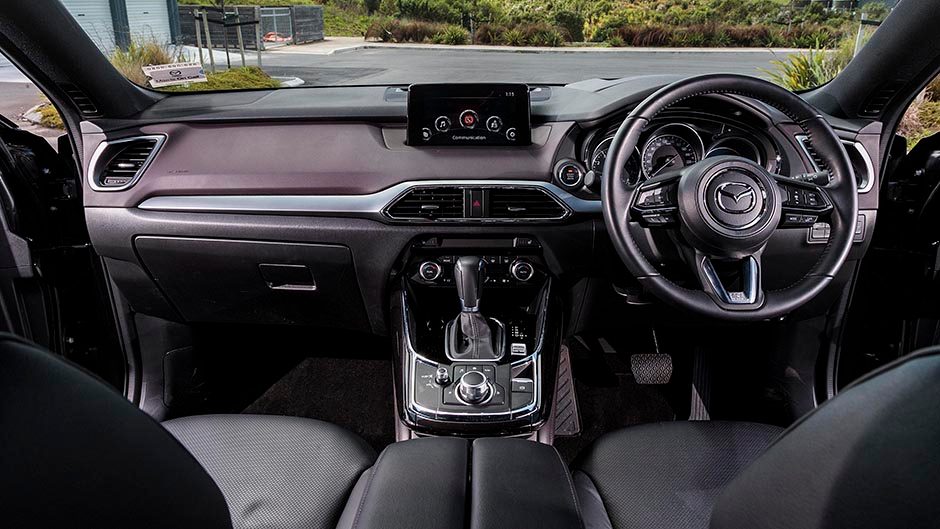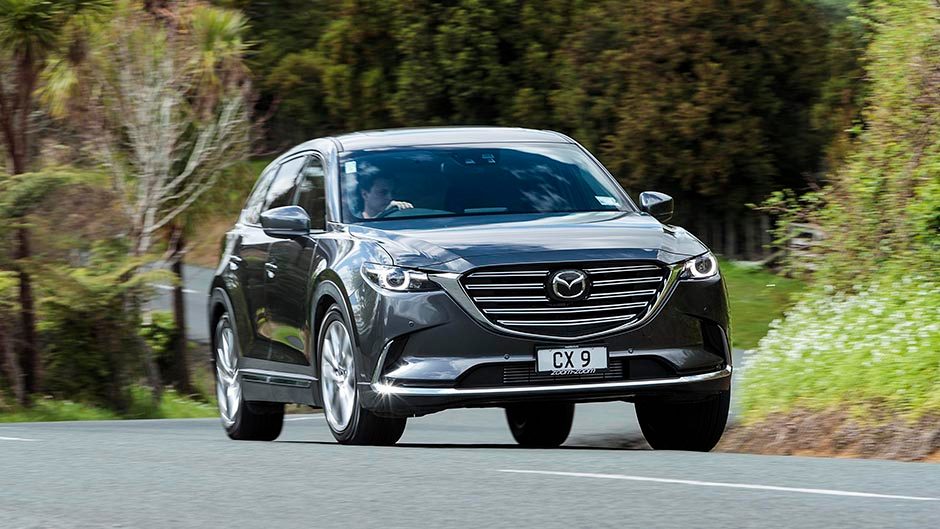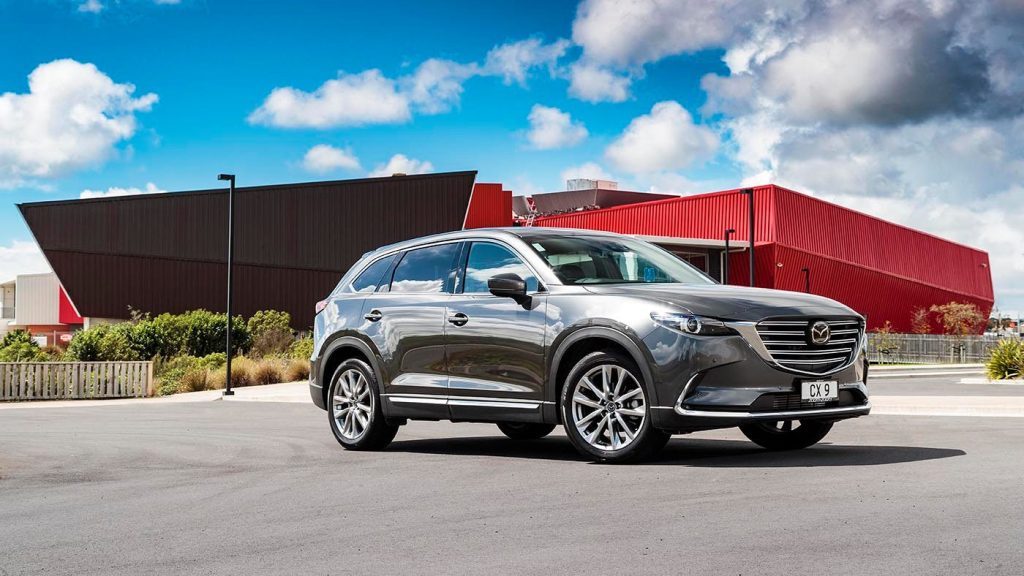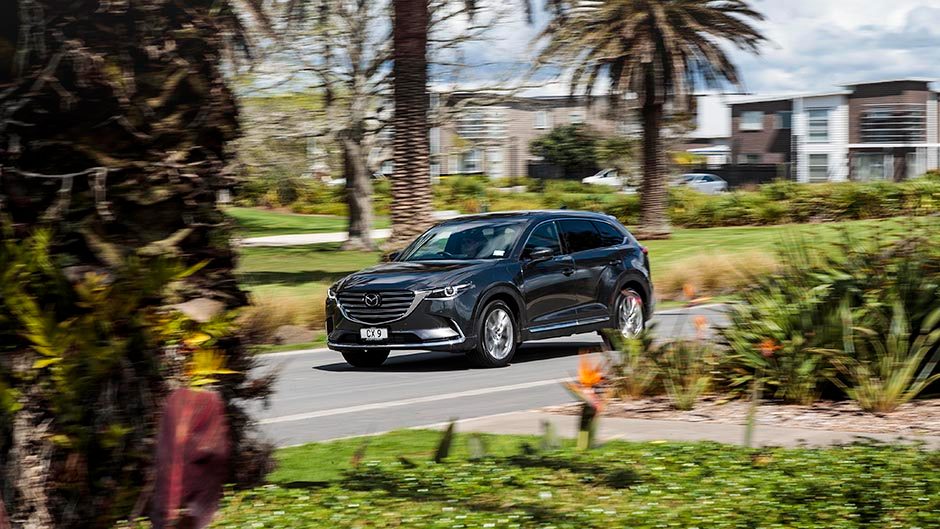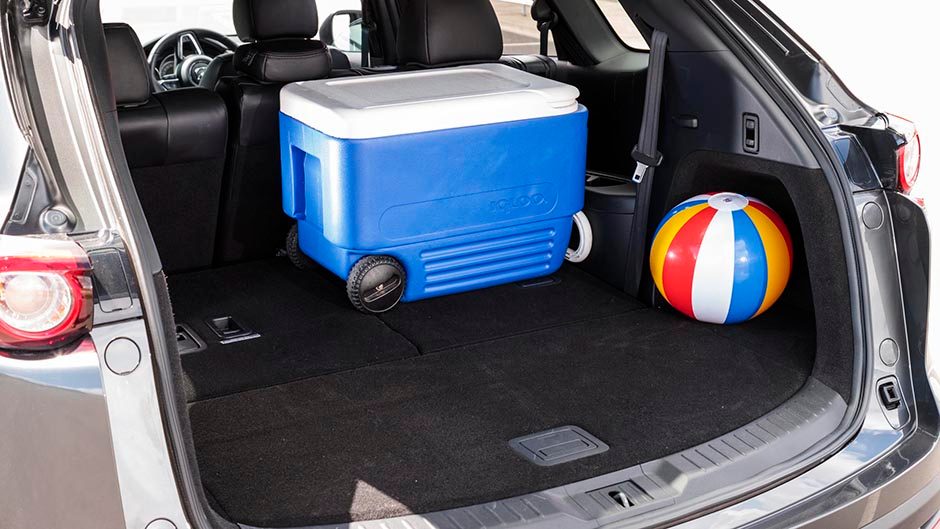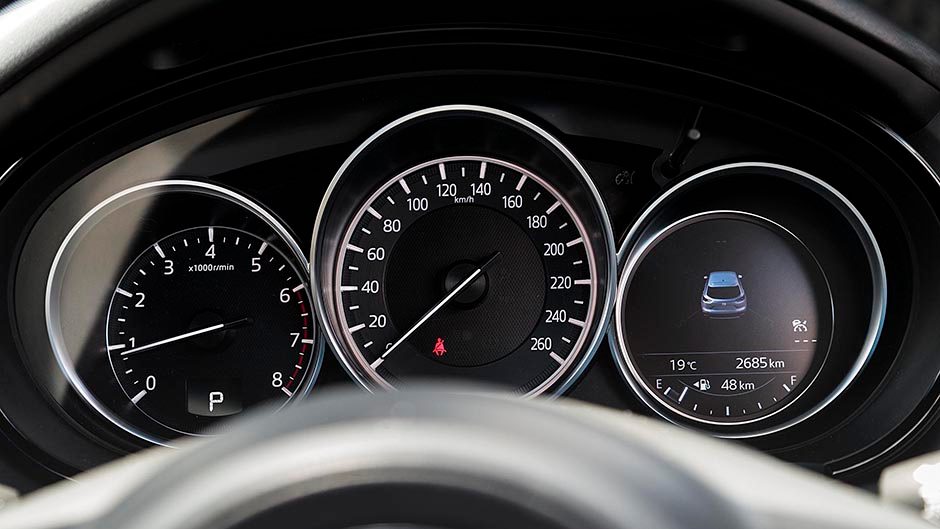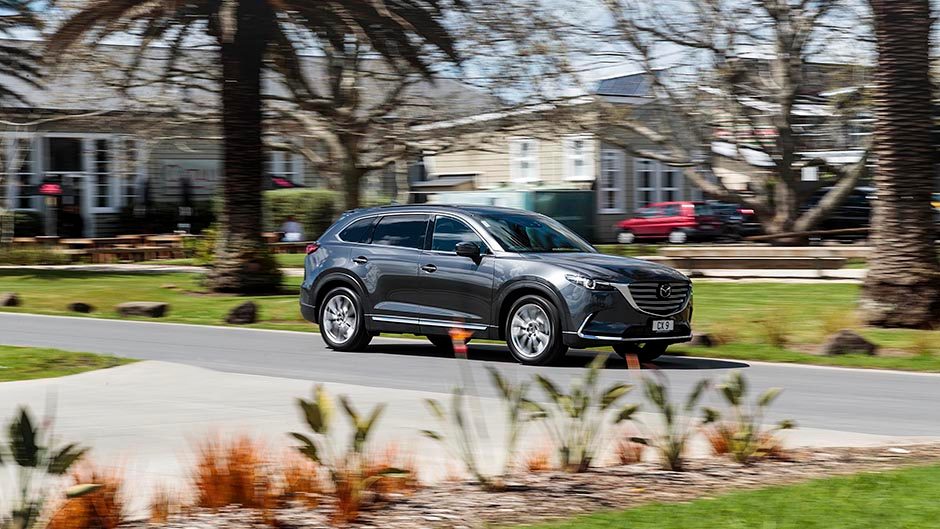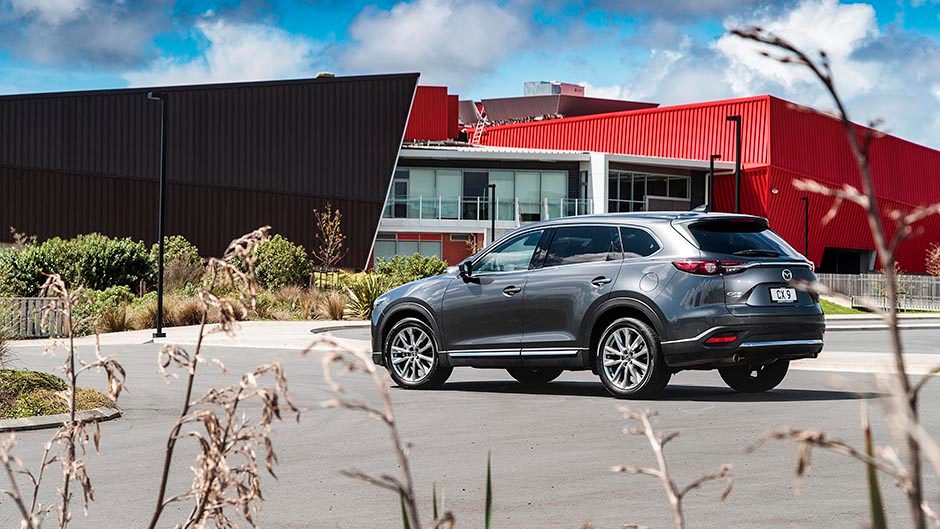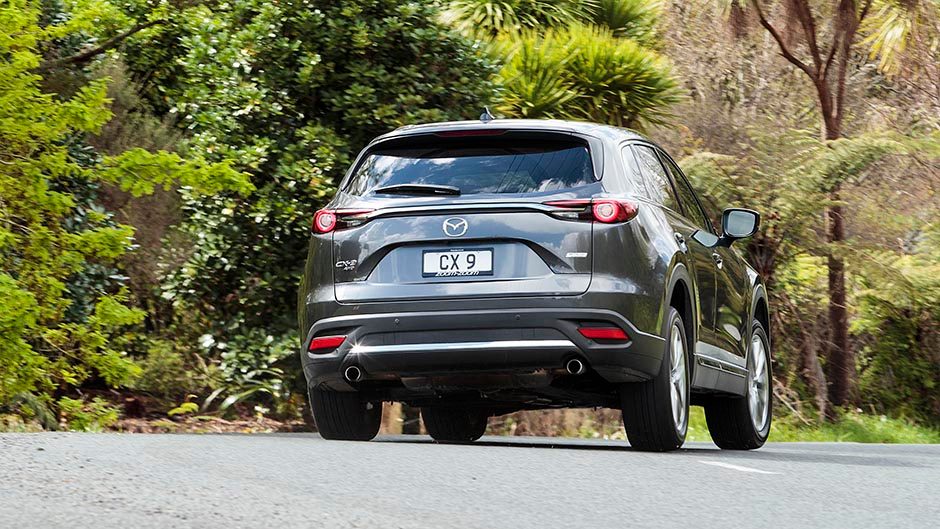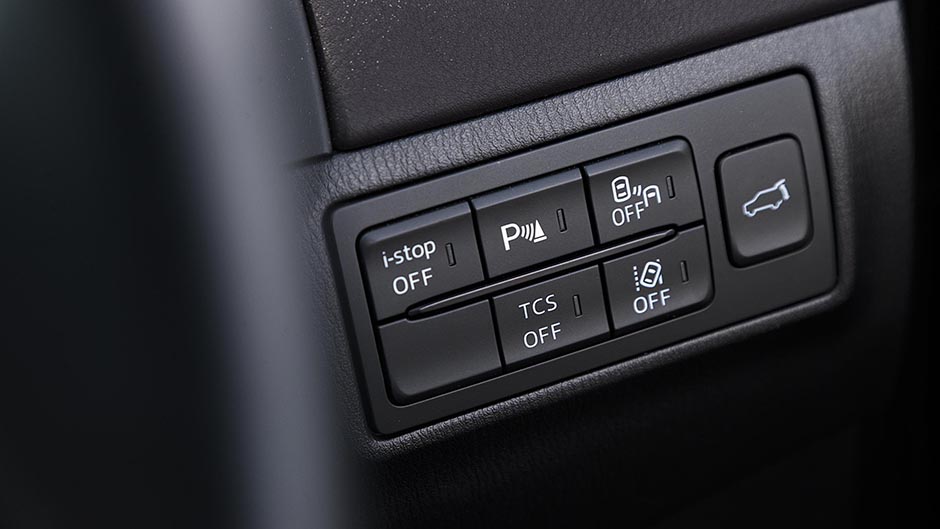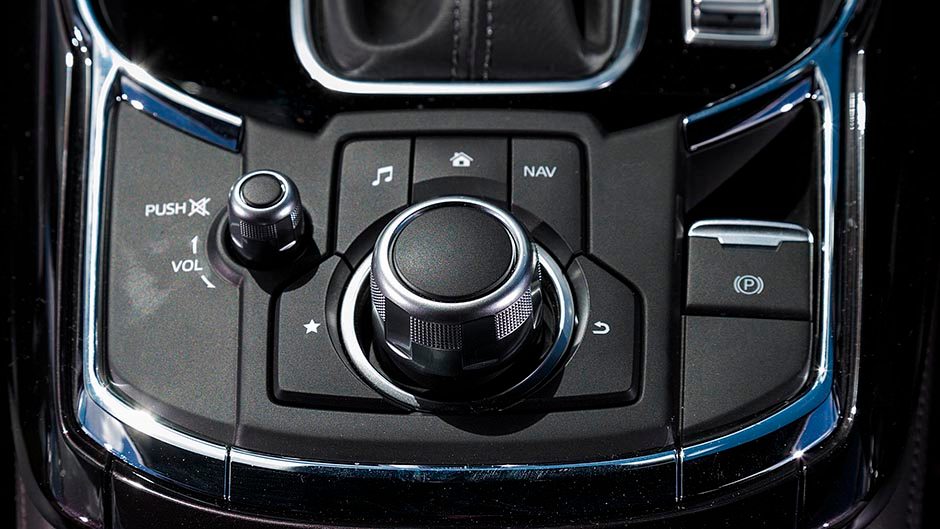2016 Mazda CX-9 Limited review
Words: Kyle Cassidy | Photos: Tom Gasnier
Mazda is ready to assault the growing large SUV market with a new CX-9. Given its price, substance and practicality, it’s sure to make an impact
If you’re in the market for a seven seater, chances are you’ll have heard about the new Mazda CX-9. But if you’re interested you’ll have to wait, Mazda now taking orders for January delivery. It was a similar story when the CX-3 landed, limited supply hampering sales efforts. But as Mazda NZ pointed out at the launch of the CX-9, the market for large SUVs is growing. Mazda NZ was previously reluctant to take the CX-9, introducing the first model here halfway through its life cycle, but with the aforementioned growth, it’s a model that will now form a solid part of its range; it has the potential to rival Mazda6 sales. You get plenty of metal for your money too; the CX-9 Limited is just four grand more than the 6 Limited with seven seats, AWD and all the gadgets. The 2WD CX-9 GSX, at $53k, is just $5k more than a GSX wagon.
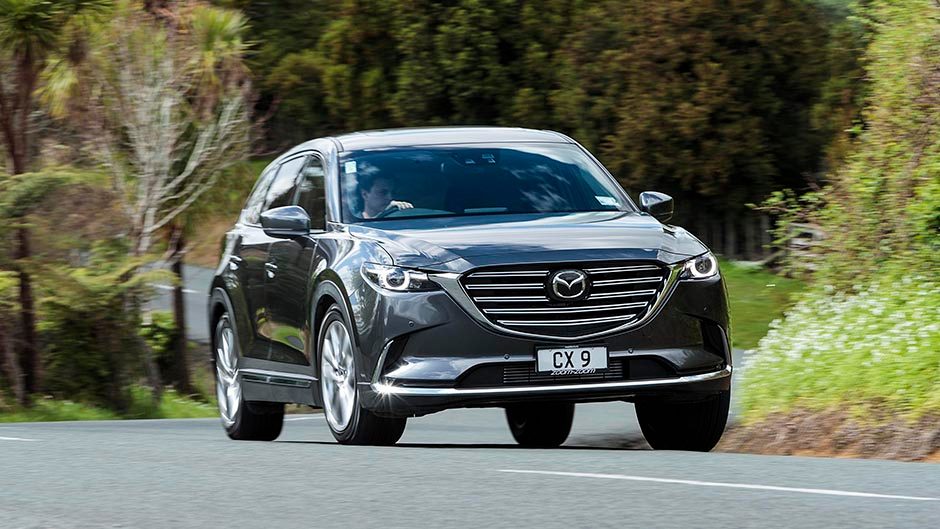
We covered off the new model from the launch last month but to recap, the CX-9 uses the company’s common platform while debuting the first of Mazda’s new turbopetrol engines. The 2.5-litre replaces the old Ford-sourced V6, shaving 60kg of weight while delivering genuine low-end torque and surprisingly good economy. The engine’s party trick is its ‘flow control valves’ sitting in the exhaust manifold just in front of the turbo. They direct the exhaust gases through smaller ports at low engine speeds to increase the force of the flow and get the turbo cranking smartly. Once spooled to its maximum of 1.2bar, the valves open and the gases flow normally.
The exhaust manifolds are also paired in a way that helps suck the spent gases out for better scavenging effect and, along with a cooled exhaust exhaust gas recirculation system, help the engine run a high compression ratio for better power. The EGR uses cooled, deoxygenated exhaust gases to better manage combustion temperatures without having to resort to added fuelling to prevent detonation. Mazda quotes 170kW of power on 91 octane, or 186kW on 98, but torque remains constant with 420Nm at 2000rpm. Fuel consumption for the AWD is a claimed 8.8L/100km on average, down from 11.2 (2WD now at 8.4, down from 11), while the urban figure is 11.4. This we found the CX-9 was easily capable of, the trip computer hovering around the mid-11s for our commuting duties. Driven in a devil-may-care manner the gas usage can climb, and after a quick run over the reference driving route, the figure was up into 15L/100km territory, but then it also quickly settled down after some easy motorway running.
The engine’s delivery is impressive given the task. It feels stroppy in town, pulling heartily from idle and is genuinely torquey from 2000rpm, at times challenging the AWD system off the mark, though Mazda calls the occasional tyre squeal that occurs ‘optimal wheel slip’. No kidding. Can’t wait to drive the Mazda3 with this engine. The auto remains a six-speeder, but it’s a new unit. It has a sports button, though it wasn’t used often. You can drive off the torque, and gear changes aren’t too frequent but it will kick down swiftly when the throttle is floored. Generally speaking, with the tacho needle pointing at 2000rpm, you can ease into the pedal and you usually receive enough urge for your request.
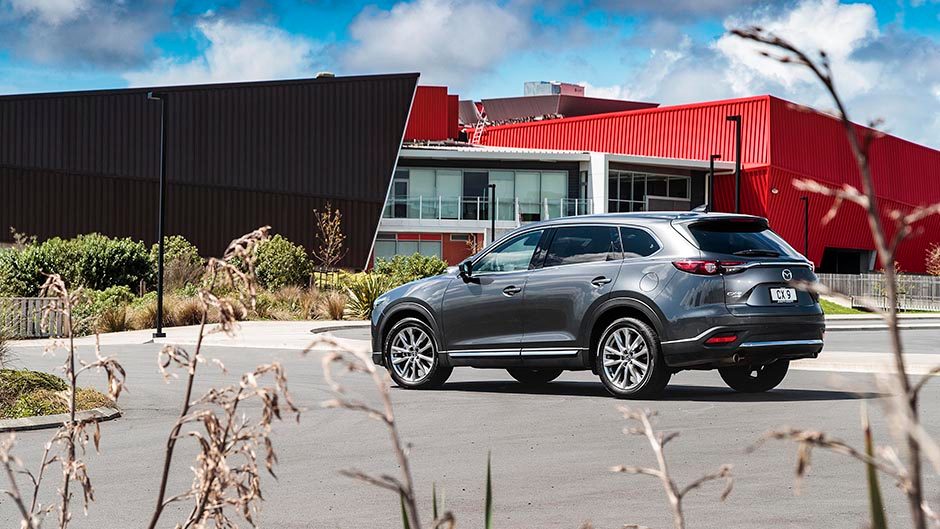
Though weight has been culled, it’s still a big car, weighing just shy of 2000kgs. Driven in a way that will make the kids sick, it doesn’t feel ponderous however. What weight there is feels centred low and it has a good handle on roll while managing the bumps too. But then Mazda knows how a car should handle. The steering is feelsome, turning nicely off centre, though it does pick up the odd mid-corner bump and rut, the price for a more interactive set-up perhaps but whether CX-9 buyers might find it an unwanted trait is another thing. The weighting, while still user friendly, has a bit more heft to it than others in the class, which is more noticeable during turnarounds.
The ride is passenger friendly, even on the big wheels and the suspension works in silence. It’s pretty quiet on the move, hardly a peep from the engine at a cruise, just a generic mechanical whir under acceleration, while wind and tyre roar are well subdued. It’s eerily silent on motorways which highlights how noisy the windscreen wipers are.While the CX-9 has plenty of passenger space, we felt hemmed in at the wheel, the door and the centre console encroach on your space and despite the seat being comfy you wouldn’t want to be the wrong side of above average girth.
There are lots of intersecting shapes and materials used inside but it’s all carefully made. As the CX-9’s infotainment screen is too far out of reach, control is confined to the console-mounted knob, which isn’t too bad, but you might find it easier to master the voice control, especially for navi inputs. This we managed in a few minutes after some trial and error, a few cuss words and perfecting our pronunciation.
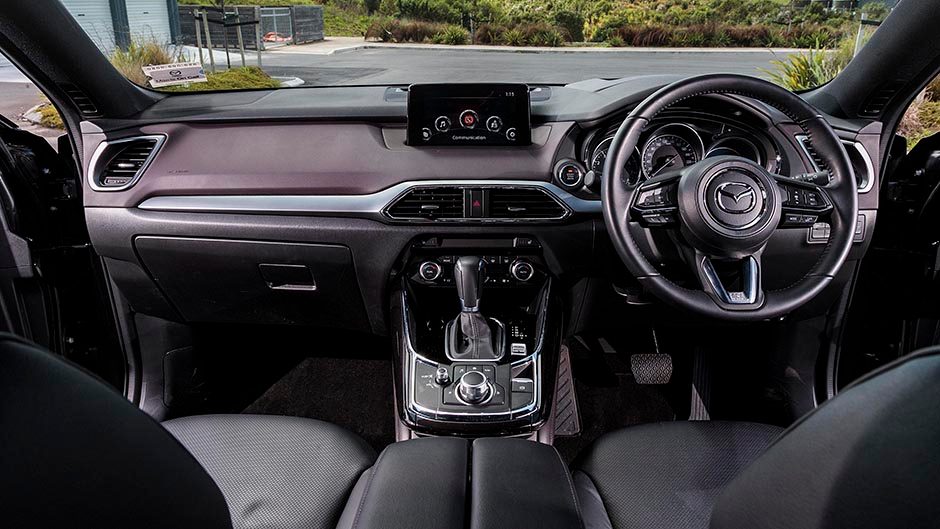
There is now more active safety gear in the CX-9, all models with city braking and blind spot monitoring, while the Limited adds a new head-up display which relays plenty of info (including the blind spot sensors). Active radar cruise now has a traffic jam feature for low speed operation and will bring you to a stop rather than disengaging just as you come perilously close to the car in front.
Like the old model, there’s still plenty of space in the back. The doors are big – be careful opening them in tight car parks – while the second row is split 60/40 and slides to make more room for those in the third row. The middle seats tilt and slide forwards for reasonable enough access to the back row and these again are split 50/50 for further practicality, one now fitted with a top tether point for a car seat. The second row has two spots for Isofix seats, but the left side seat can be manipulated out of the way when you still have a car seat secured.
The boot is wide and long but the floor is set high as there’s a space saver spare underneath. Just watch your head on the low hanging tailgate when it’s opened. When all seats are folded the load space is now flatter.
What really makes the CX-9 a stand out is the price, the entry in at $53k and the top model $63k packed with premium features and quality, along with Mazda’s three years of servicing and five-year warranty. No wonder there’s a waiting list.
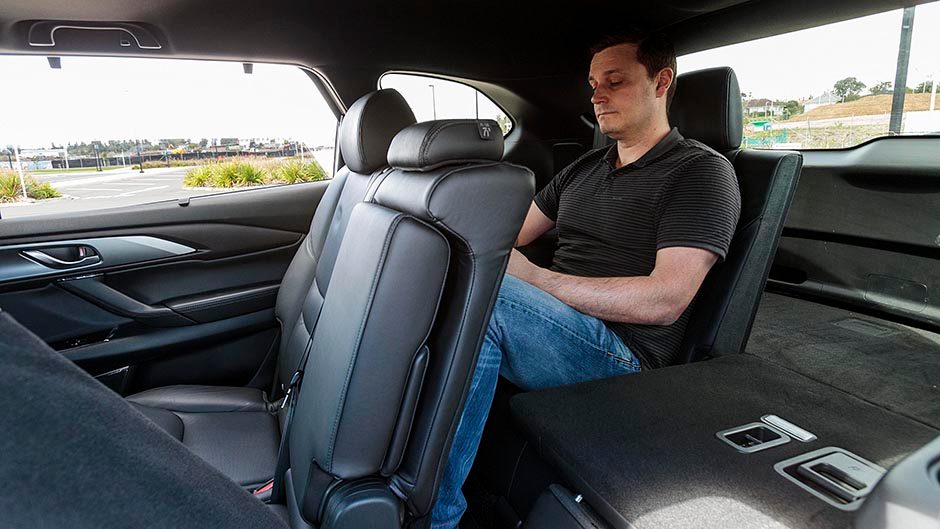
A different take
We asked our art director, Mike McCullough, to give the new CX-9 a once over, given he’s been the owner of the previous model for a couple of years and he came away impressed. “I definitely feel it has improved in terms of refinement and the engine is a surprise. I wasn’t optimistic about the new turbo, I think a larger engine suits this type of vehicle but I’m a convert. This engine definitely feels superior and better suited for 99 per cent of everyday driving. The consistency of the shifts, particularly downshifts, is improved, and there’s much less ratio hunting when you accelerate. On the go it certainly feels more agile, and you start to forget how big this thing is. When taking off on a steep incline, it does a much better job of keeping the wheel spin under control.
All the new interior and safety features are welcome additions. We’re glad to see the old ignition and the foot brake have been retired. The active cruise is a big selling point and the extra sound-proofing is noticeable. Seats don’t feel any comfier but you notice your knee is resting against padded leather rather than the hard plastic centre console. The HUD is appreciated, as the previous CX-9 had no digital speedo.
It feels more spacious in the back for leg- and head-room, but the boot seems smaller. While the entry to the third row is better the seat movement is awkward, almost clunky and the noise the powered boot makes is weird, like it’s about to fail.
The biggest drawback is how low you sit in the driver’s seat. It’s nice that it feels more car-like but I think a big selling point for SUVs, especially for the likes of my wife, is sitting up high. Having said that the outward view has improved. I think at this price point it is a standout and it would have to be tempting for current owners to trade up.”
| Model | Mazda CX-9 Limited | Price | $62,995 |
| Engine | 2488cc, IL4, T/DI, 170kW/420Nm | Drivetrain | 6-speed auto, on-demand AWD |
| Fuel Use | 8.8L/100km | C02 Output | 206g/km |
| 0-100km/h | 8.12sec | Weight | 1975kg |


